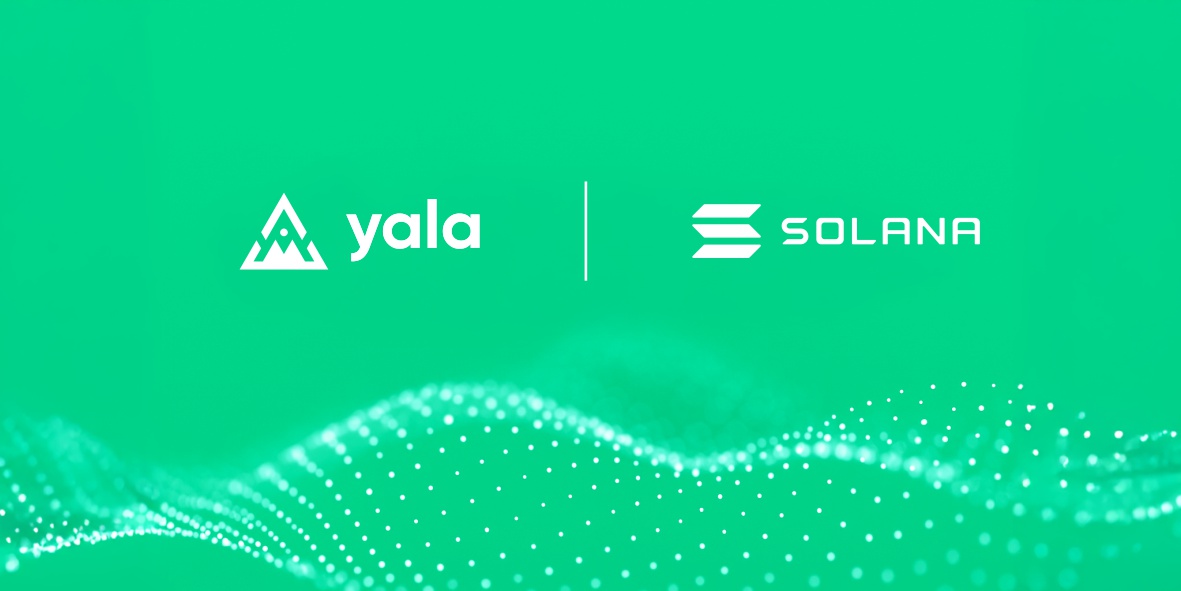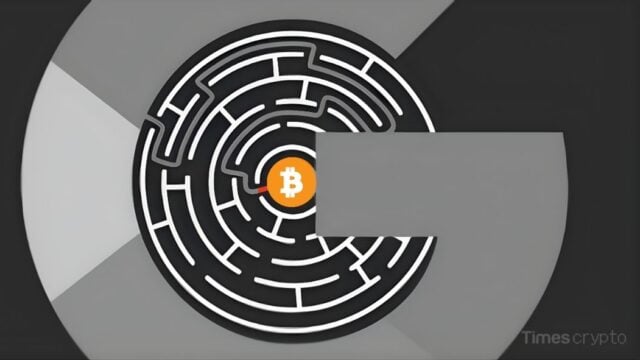Key Takeaways:
- Yala’s $YU token launches on Solana, enabling Bitcoin (BTC)-backed liquidity mining.
- Solana Foundation provides a strategic grant to boost integrations and liquidity.
- Bitcoin holders can mint overcollateralized YU for yield farming at sub-0.01 fees.
- Liquidity incentives and protocol partnerships to roll out in summer 2025.
Bitcoin Meets Solana: Yala’s Cross-Chain Scheme
Yala, a decentralized finance (DeFi) protocol focused on Bitcoin (BTC) liquidity, has launched its YU token on Solana, marking Bitcoin’s largest integration. The move allows BTC holders to mint a stablecoin-like asset backed 150% by Bitcoin, and deploy it across Solana’s high-speed DeFi apps, as announced on X:
Why Solana? Speed Meets Bitcoin’s Liquidity
Solana’s 65,000 transactions per second (TPS) and sub-penny fees position it as an ideal chain for Bitcoin-based DeFi, which has struggled with Ethereum’s congestion and high costs. With $YU token, users can:
- Mint Against BTC: Lock Bitcoin via cross-chain bridges to generate $YU.
- Farm Yield: Access RealYield pools, a Real World Assets (RWA) marketplace.
- Trade Instantly: Swap $YU for SOL or memecoins on DEXs with near-zero slippage.
This is like turning Bitcoin from digital gold into digital oil, lubricating DeFi’s engine.
The Solana Foundation’s Strategic Play
A grant from the Solana Foundation will fund:
- Liquidity Mining: $1M in incentives for early minters.
- Protocol Integrations: Partnerships with Plume and Centrifuge (RWAs).
- Security Audits: Enhanced checks for Bitcoin-Solana bridge reliability.
It seems Bitcoin’s $1.3T market cap is DeFi’s next frontier.
Market Impact: Bitcoin’s DeFi Revival
Despite Bitcoin’s $6.1B DeFi TVL, most activity is siloed on Bitcoin-native platforms like Stacks. Yala’s Solana pivot taps into the chain’s $33M DeFi ecosystem, a 290% Year-over-Year (YoY) growth leader.
Risks and Rewards
Even with overcollateralization (150% BTC backing) that reduces liquidation risk, Solana’s lack of uptime (11 outages between 2022 and 2024) presents an operational issue, and 87 outages since tracking began. Yala proposes to move forward with fail-safes like Ethereum fallback bridges.
YU is kept stable through various mechanisms like overcollateralization, a Takaful insurance module (protecting users from BTC’s price volatility effects and/or any additional liquidation risk), and the use of several mechanisms spread across a variety of contracts.
Summing Up
In pursuit of maximizing the untapped potential returns of Bitcoin in decentralized finance and real-world banking, Yala is building a liquidity structure. Users can receive flexible liquidity and capitalize on opportunities within many protocols and ecosystems when they deposit with Bitcoin.
Can Yala’s Bitcoin play outpace Ethereum’s dominance in BTC DeFi? With Solana’s retail fervor and Bitcoin’s institutional heft, the fusion could redefine cross-chain liquidity.







